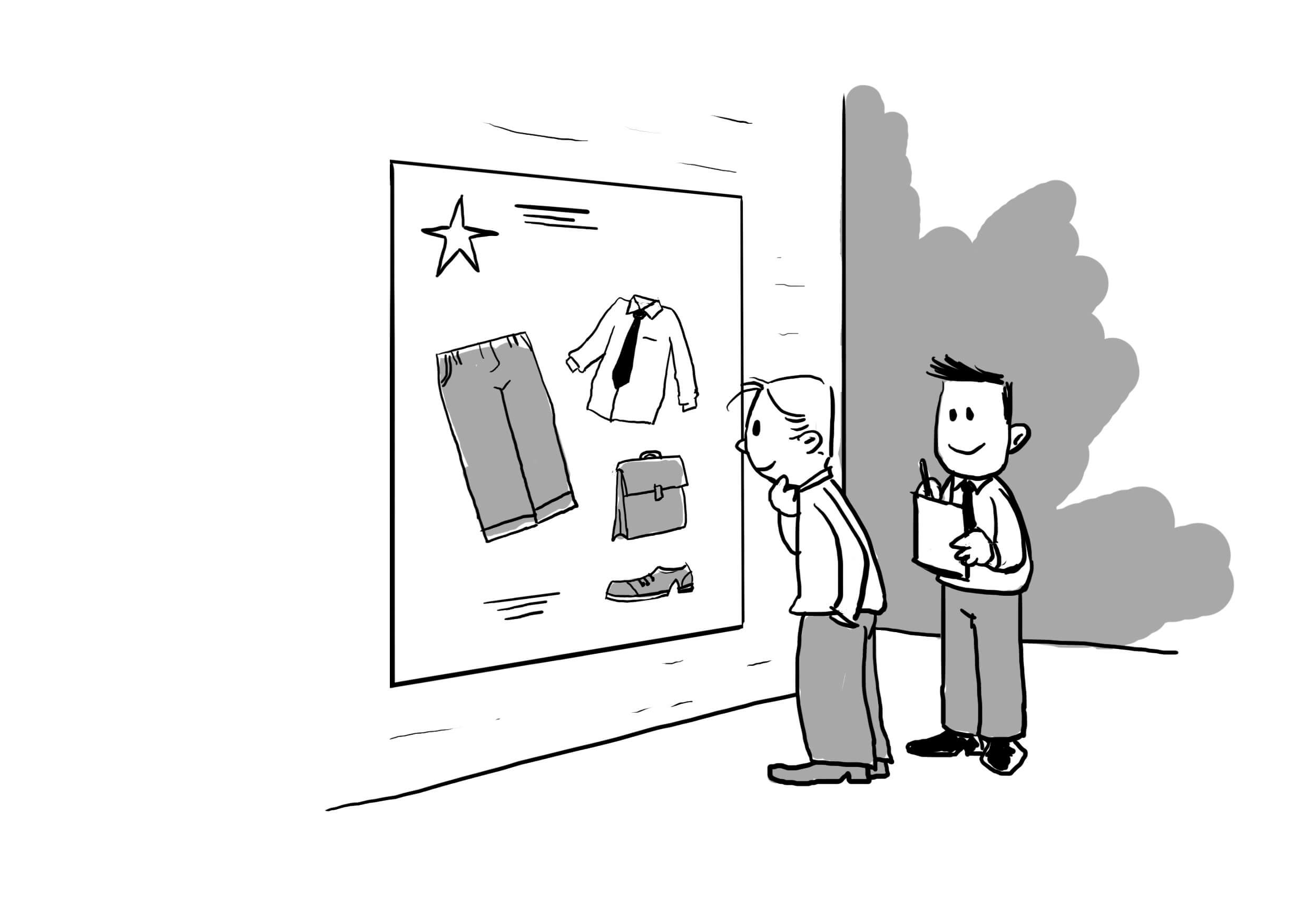One of the best ways I know to understand your customers is to watch and listen to them whenever you can.
Customer observation is a powerful, but unfortunately under-utilised tool these days. So when was the last time you got intimate with your customers? If it wasn’t in the last week or two, you’re not getting out enough!
Before going on, I should explain that I use the word “customer” to describe the person who buys and/or uses your product or service. For the B2B business, the recommendations in this article are still valid but would be of particular value when you work with your supplier or retailer, to help them to better know their own customers.
It is, therefore, not surprising that most companies run to conduct market research when they want to know something about their customers. They then (hopefully) invite relevant employees from marketing, sales, packaging, communications or R&D to watch the interviews or group discussions. However, this intense but short observation is likely to do more harm than good.
Let me explain.
Have you ever gone to watch a focus group only to discover that the research confirms your hypotheses? I bet you felt disappointed and even a little irritated that you “wasted” money on the project weren’t you? Well, this may be the result of your selective listening and interpretation. You watched and listened only to the topics that interested you. You were looking for confirmation of your hypothesis. But there was so much more you could have understood if only you had bothered to listen.
True understanding comes from regular interaction with your customers, not just from an infrequent observation or two. Here are some ideas on how to do this more effectively.
Make Customer Observation Everyone’s Job
There are many, many opportunities for every employee in an organisation to come into contact with their customers. In a customer-centric organisation, everyone has annual objectives which include connecting with customers on a regular basis. This could be by:
- listening to calls at the care centre
- reading posts on social media and message boards
- participating in / watching promotions, demonstrations, and sampling in retail outlets
- joining market research fieldwork
Some organisations also habitually get their employees to watch and listen to their customers in direct observation or connection sessions. However, these need to be managed carefully in order to avoid people jumping too quickly to incorrect conclusions, as I’ll explain in more detail below.
If you’d like to know more about running successful connection sessions in your own organisation, I can help. Please contact me for more information about our 1-Day training sessions.
Customer Observation is Not as Easy as it Looks!
There is a very well-known example of the challenge of observation, in a video showing two teams of young people passing a couple of balls around. You can check out the Awareness Test and try it if you haven’t seen it.
In the exercise, people are asked to count the number … Click to continue reading


